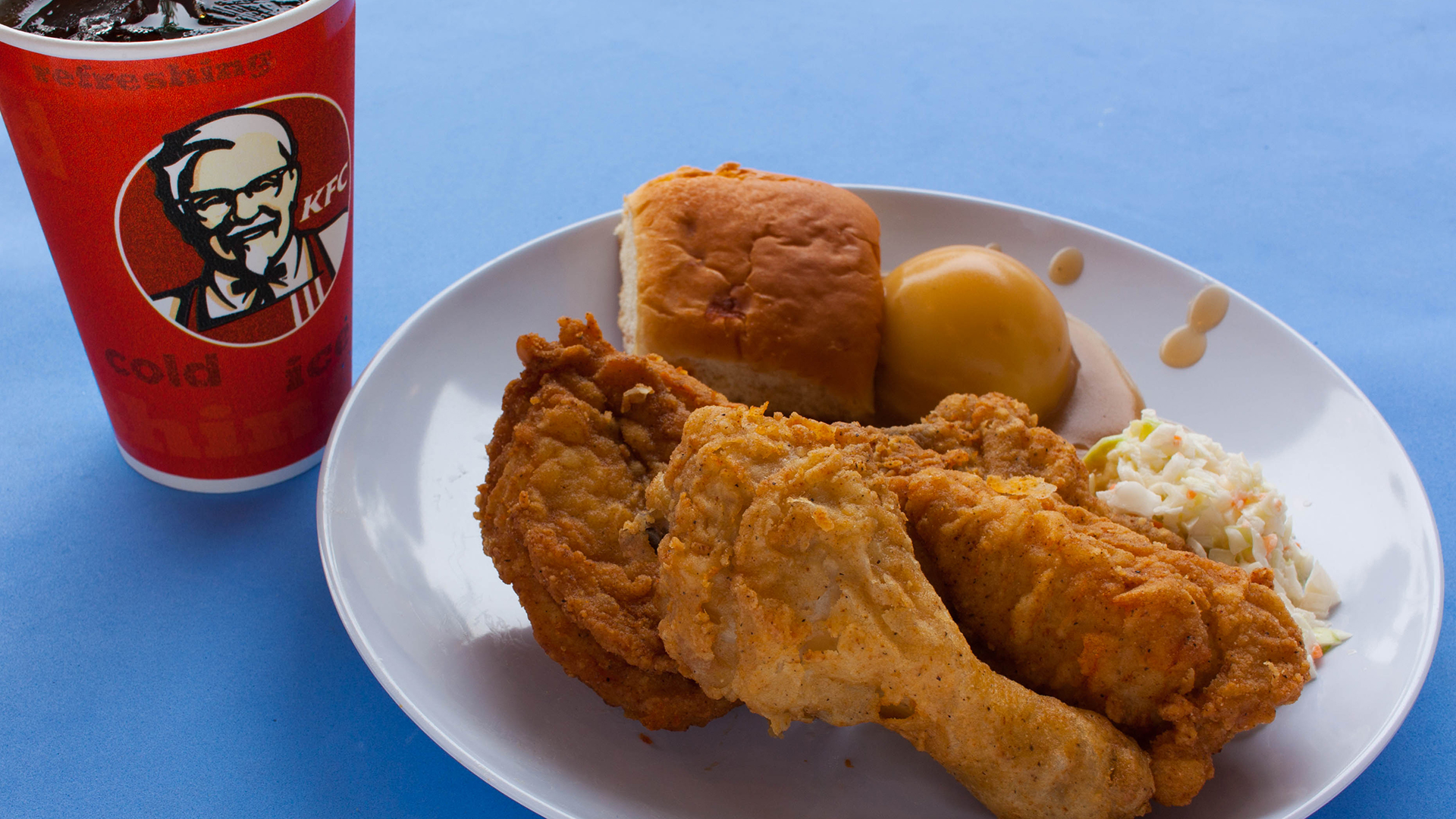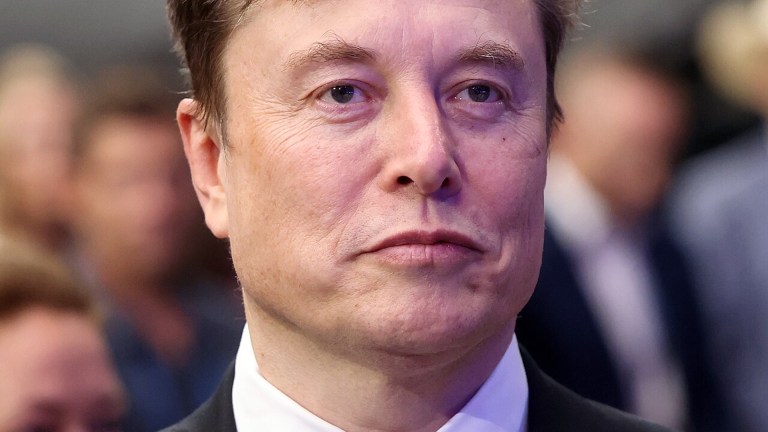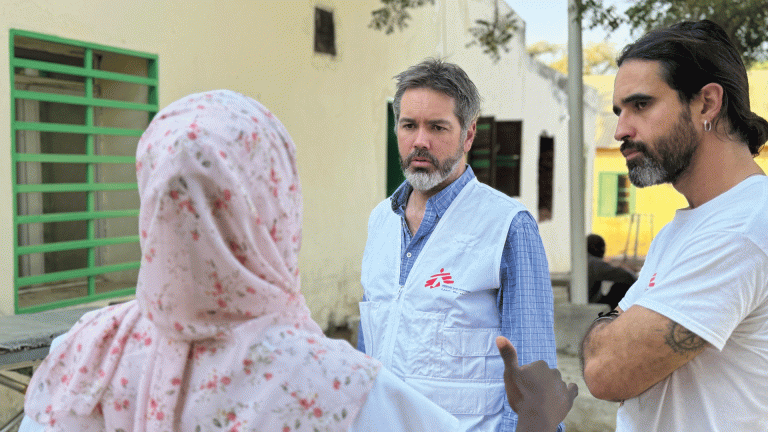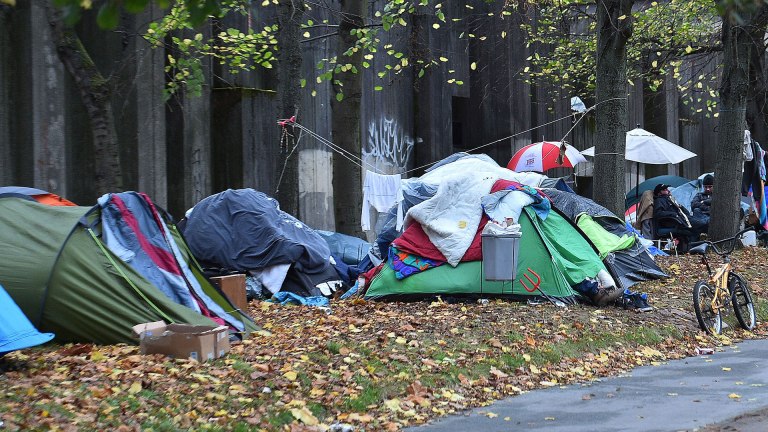Britain is a fast-food nation and chicken and chips is our choice chomp, whether a cheeky Nando’s or finger-lickin’ KFC.
Recently, KFC invited customers into hundreds of its outlets to see how their meals were made. The company has proved itself a marketing maestro, whether running ad campaigns mocking their many imitators or handling what quickly became a national crisis after a chicken shortage caused store closures across the country.
The Open Kitchen event in March fed into the cult KFC has built around itself, with fans snapping up tickets faster than they could demolish a bucket of the good stuff.
At my local outlet in the south of Glasgow, there was predictably an emphasis on health and safety and hygiene as we were shown how to wash our hands for the duration of singing Happy Birthday, before donning gloves to bread our own chicken in a blend of flour and the 11 herb and spices of the Colonel’s Secret Recipe.
It became clear this store had a role at the heart of the community beyond simply clogging up arteries
But Niall the store manager was not reading off a script when it came to transparency and traceability, answering any and all questions as we queued to construct our own burger, squirting whatever cocktail of sauces we wanted over our Zingers.
All KFC chicken comes from one of over 500 Red Tractor-assured farms in the UK and Ireland, which ensures a certain level of welfare standards. Niall boasts that the store sold 10,000 hot wings alone the previous week. Forgive my maths but that seems to be one smallish store working through close to 5,000 birds a week. Across the whole UK, KFC sells 14 million pieces of chicken per week – that’s around 700 million pieces a year. No two ways about it, that’s a cluck load of chicken.









